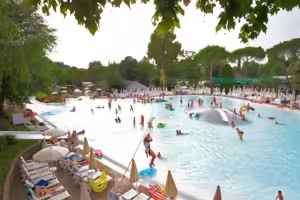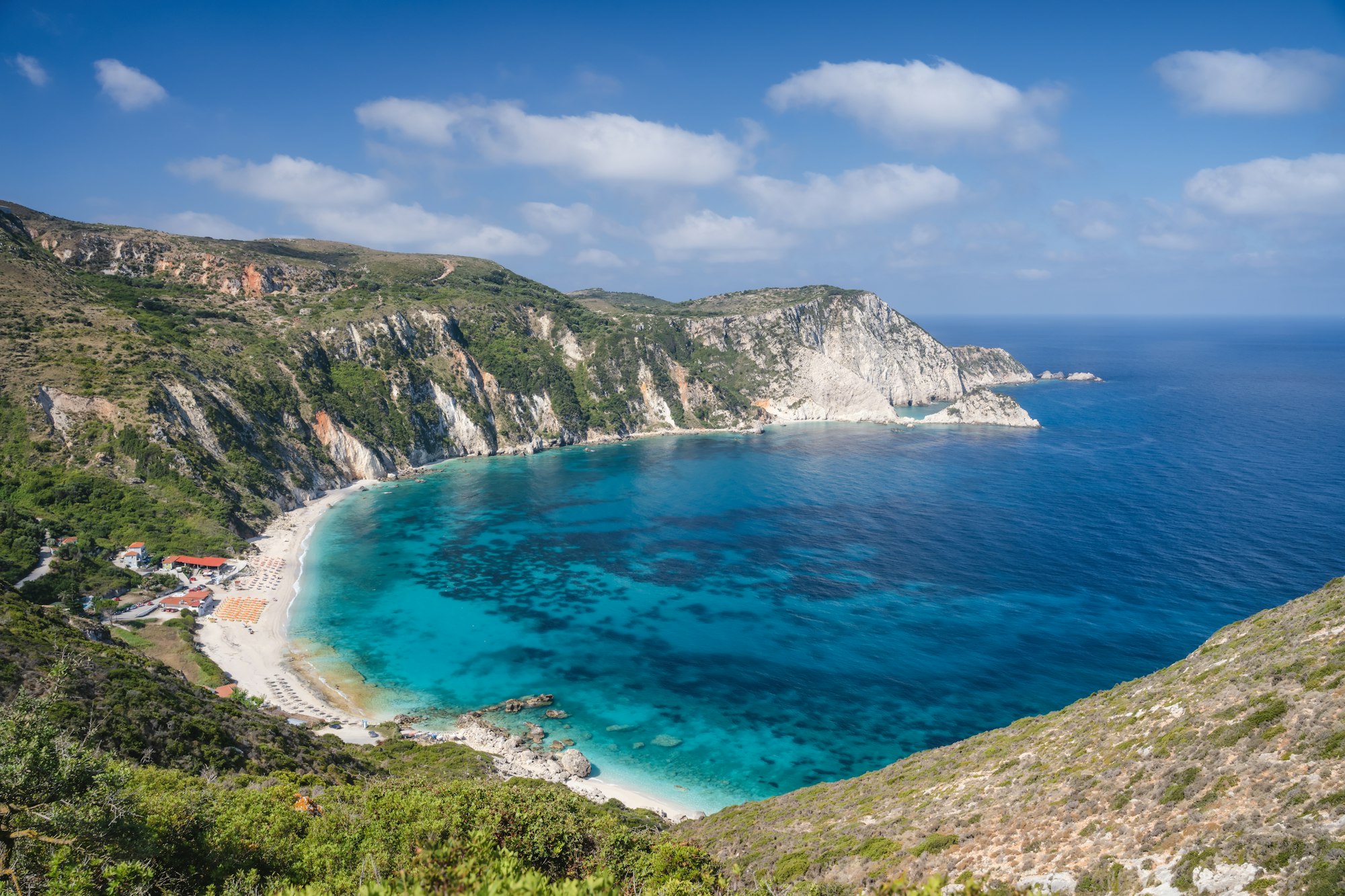Visiting North Korea offers a unique opportunity to explore a blend of natural beauty and cultural richness. The best time to visit North Korea in 2024 promises ideal weather conditions and a host of exciting activities and festivals. Whether you’re looking to delve into the history, indulge in local culinary delights, or simply relax amidst stunning landscapes, North Korea has something to offer every type of traveler. This guide provides essential tips and insights to help you make the most of your visit during the optimal travel period.
TLDR;
ToggleBest Time of Year To Visit North Korea in 2024
The best time to visit North Korea is typically during the spring (April to May) and autumn (September to October) seasons. During these months, the weather is mild and conducive to sightseeing and outdoor activities. The springtime sees blooming flowers and moderate temperatures, making it an excellent period for exploring the countryside and participating in local festivals. Autumn, on the other hand, offers beautiful foliage and a slower tourist rush, allowing more flexibility with travel plans and easier access to flights and accommodation (Time Travella) (Young Pioneer Tours).
Best Month To Visit North Korea in 2024
April is often considered the best month to visit North Korea. This month hosts the Pyongyang Marathon, an annual event that attracts participants from around the world. April also features the “Day of the Sun” on April 15th, celebrating Kim Il Sung’s birthday, which is one of the most significant holidays in North Korea, marked by parades, performances, and other cultural events (Uri Tours).
50 Places To Visit in North Korea
Pyongyang: The capital city, known for its grand monuments and historical sites.
Kim Il Sung Square: The central square in Pyongyang, often used for parades and public gatherings.
Kumsusan Palace of the Sun: The mausoleum of Kim Il Sung and Kim Jong Il.
Arch of Triumph: A monumental arch in Pyongyang, larger than its counterpart in Paris.
Mansudae Grand Monument: Statues of Kim Il Sung and Kim Jong Il.
Juche Tower: A symbol of the Juche ideology, offering panoramic views of Pyongyang.
Victorious Fatherland Liberation War Museum: A museum dedicated to the Korean War.
USS Pueblo: An American spy ship captured by North Korea.
Ryugyong Hotel: An iconic, unfinished pyramid-shaped skyscraper in Pyongyang.
Kaesong: The historic capital of the Koryo Dynasty.
Demilitarized Zone (DMZ): The border area between North and South Korea.
Panmunjom: The truce village in the DMZ.
Mount Kumgang: Known for its scenic beauty and hiking trails.
Mount Paektu: The highest peak in Korea, considered sacred.
Wonsan: A port city with beautiful beaches.
Hamhung: North Korea’s second-largest city.
Majon Beach: A popular beach destination near Hamhung.
International Friendship Exhibition: A museum displaying gifts to North Korean leaders.
Pohyonsa: A historic Buddhist temple.
Mount Myohyang: Known for its picturesque landscapes.
Chollima Statue: A symbol of North Korea’s economic recovery.
Koguryo Tombs: Ancient burial sites and a UNESCO World Heritage site.
Kaeson Youth Park: An amusement park in Pyongyang.
Kwangbok Department Store: One of the few places where foreigners can exchange currency.
Okryugwan: Famous for its Pyongyang Cold Noodles.
Taedong River: Runs through Pyongyang, offering river cruises.
Kim Il Sung University: The country’s most prestigious university.
Mangyongdae: The birthplace of Kim Il Sung.
Revolutionary Martyrs’ Cemetery: Honors fallen revolutionaries.
Grand People’s Study House: The national library of North Korea.
Korean Central History Museum: Chronicles Korean history from ancient times.
Kimilsungia and Kimjongilia Exhibition Hall: Showcases flowers named after North Korean leaders.
Koryo Museum: Located in Kaesong, displaying artifacts from the Koryo Dynasty.
Janam Hill: Offers views of Kaesong and its historic sites.
Sariwon: Known for its folklore street and historical sites.
Sinchon Museum of American War Atrocities: Depicts alleged war crimes by the United States during the Korean War.
Nampo: A port city with scenic beaches and hot springs.
Onchon: Famous for its hot springs.
Munsu Water Park: A modern water park in Pyongyang.
Mirae Scientists Street: A showcase of North Korea’s urban development.
Korean Film Studio: Where many North Korean movies are made.
Kim Il Sung Stadium: Hosts various sports events.
Pyongyang Metro: Known for its ornate station designs.
Ryomyong Street: A modern street in Pyongyang with new residential buildings.
Taesongsan Funfair: An amusement park located in Pyongyang.
Samjiyon: Near Mount Paektu, known for its natural beauty.
Yonggwang Station: One of the most beautifully decorated stations in the Pyongyang Metro.
Kumrung Pavilion: Offers great views of Pyongyang.
Rungrado 1st of May Stadium: The largest stadium in the world.
Manphok Valley: Known for its hiking trails and scenic views.




